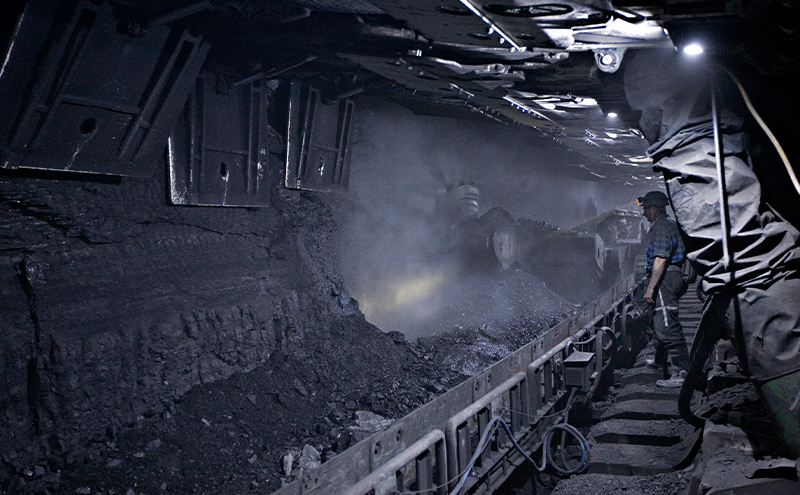After Western Australia celebrated its first year of zero mining fatalities in 2012/13 and Australia-wide, WorkSafe reported a historic low of two deaths for the same period, the last financial year saw a staggering increase to 17 mining-related deaths across Australia. Statistically, this is a rate we have not seen since 2006, a time when the local industry was scrambling to meet supply on the up-side of the last mining boom.
"Arguments for best practice in disaster response do not have to be one dimensional and should at the very least allow for multiple contingencies."
Over the same 12 month period on a wider international scale, numerous tragedies have brought in to focus the importance of government legislative action in mining health and safety to mandate or advise minimum safety standards in many developed and emerging markets. Most recently, the tragic events of the Soma mining disaster in Turkey highlight to need for all mining nations (Australia included) to respond proactively rather than re-actively should a similar event occur.
Another example of where an event has had a radical impact on how Emergency Response Plans are drawn up would be the Sago coal mine disaster in the US (2006), where 12 miners died after becoming trapped underground following an explosion and fire. In the aftermath, legislation was put in place, making refuge chambers compulsorily in West Virginia underground coal mines – known as the ‘West Virginia’ Ruling (first introduced in West Virginia, and then adopted across the United States through MSHA PIB NO. P07-03).
Arguments for best practice in disaster response do not have to be one dimensional and should at the very least allow for multiple contingencies, including escape wherever possible and take refuge if miners’ escape route is compromised or unable to move due to injury.
In a large-scale disaster like the recent events in Soma, the first option is not always viable for many. There are no recommendations for providing safe refuge within an underground coal mine in Australia’s current coal mine safety.
There is still time for Australia to be an industry leader and make the changes necessary for safer emergency response in coal mines before it is too late.






